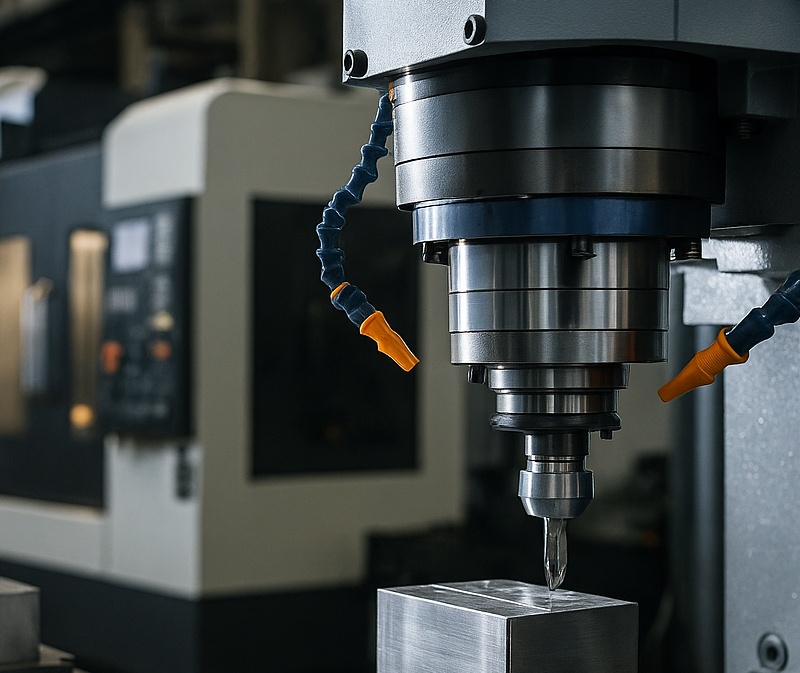Precision ejector sleeves are critical components in plastic injection molding and die casting. They play a vital role in the ejection system by ensuring the smooth and accurate release of molded parts from the cavity. For manufacturers seeking consistency, extended mold life, and minimal wear, precision ejector sleeves are indispensable. But what exactly goes into the manufacturing of these high-precision mold components? In this article, we¡¯ll explore the step-by-step process of producing precision ejector sleeves, the materials used, quality standards, and how to choose the right supplier for your production needs.more importantly, injection molded plastic parts Made a fighter in the product, not afraid of any competitor’s attack. https://www.dghrjmmj.com
What Are Precision Ejector Sleeves?
Precision ejector sleeves are cylindrical tubes installed in mold cavities to guide and support ejector pins during the ejection process. Their main functions include:
Reducing friction between the ejector pin and the mold
Increasing the service life of both pin and mold
Enhancing ejection accuracy and part quality
Compared to standard sleeves, precision ejector sleeves offer tighter tolerances, better surface finishes, and superior wear resistance¡ªideal for high-volume production environments.
custom ejector sleeves.jpg
Step-by-Step: How Are Precision Ejector Sleeves Made?
1. Material Selection
The first step in the manufacturing process is choosing high-quality raw materials. Common materials include:
H13 Tool Steel: Known for its hardness and high heat resistance
SKD61 / 1.2344: Excellent toughness and thermal fatigue resistance
Stainless Steel (420, 440C): Corrosion-resistant options for medical or food-grade applications
The choice of material directly affects the durability and performance of the ejector sleeve in a given mold environment.
2. Cutting and Rough Machining
Raw steel bars are cut to length and undergo rough machining to shape the outer and inner diameters. At this stage, the sleeve is slightly oversized to allow for precision grinding later.
This roughing process usually involves:
Turning (CNC lathe)
Boring
Facing
3. Heat Treatment
To improve hardness and wear resistance, the sleeves are heat-treated. Common techniques include:
Vacuum Hardening
Nitriding
Tempering
After treatment, precision ejector sleeves often reach a hardness level of HRC 45¨C60, depending on application requirements.